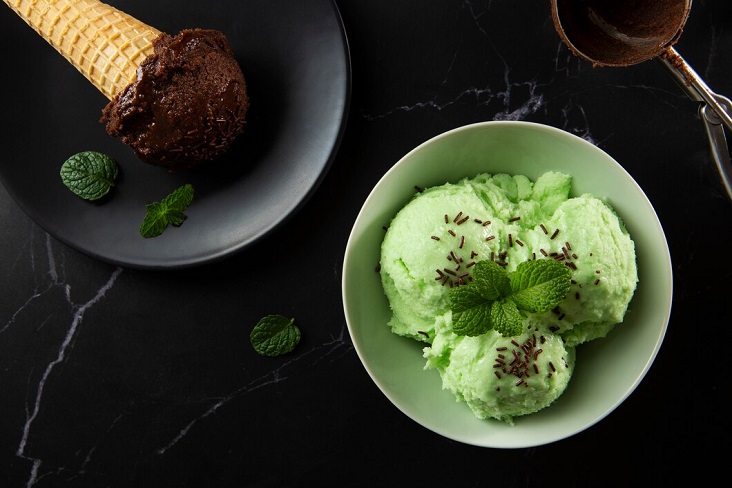Matcha, a powdered green tea, has a storied history that traces back to the Tang Dynasty in China. It was introduced to Japan by Zen Buddhist monks in the 12th century, where it became integral to the revered Chanoyu, or Tea Ceremony. This ceremony embodies harmony, respect, and tranquillity, elevating matcha beyond a mere beverage to a cultural symbol. Over time, matcha has not only retained its spiritual significance but has also gained recognition globally for its health benefits and culinary versatility, blending tradition with modern trends.
The Meaning Behind Matcha
Matcha stands apart from other teas due to its preparation method. Unlike steeped teas, matcha involves grinding whole tea leaves into a fine powder, which is then whisked into hot water, allowing for the consumption of the entire leaf and preserving its nutritional content. When seeking the best matcha dessert, this process includes shading tea plants before harvest, which increases chlorophyll production, enhances the vibrant green colour, and boosts levels of theanine a compound known for promoting relaxation and mental clarity.
Health Benefits of Matcha
The nutritional profile of matcha is impressive, making it a popular choice among health-conscious consumers. It is rich in antioxidants, particularly catechins like EGCG, which have potent anti-inflammatory and cancer-fighting properties. Matcha also contains vitamins (such as vitamin C) and minerals (like selenium, zinc, and chromium), contributing to overall health and well-being. Its combination of caffeine and L-theanine provides a sustained energy boost without the jittery effects often associated with coffee.
The Surge of Matcha Desserts Popularity
In recent years, matcha has transcended its traditional use in tea ceremonies to become a trendy ingredient in desserts worldwide. From matcha-flavoured ice creams and cakes to cookies and smoothies, chefs and home cooks alike have embraced its unique flavour profile and vibrant green colour. This culinary trend not only highlights matcha’s versatility but also its ability to enhance both sweet and savoury dishes with a distinctive earthy and slightly bitter taste.
Taste the Uniqueness: Matcha Dessert Sampling
Sampling matcha desserts is a journey into a world of rich flavours and vibrant colours. The distinct umami flavour of matcha characterized by its bitter, creamy, and subtly sweet undertones offers a unique sensory experience. Whether in the form of a delicate matcha cake, creamy ice cream, or decadent cookies, each dessert showcases the complexity and depth of matcha, leaving a lingering and satisfying aftertaste. Beyond taste, matcha desserts also promise antioxidant benefits, promoting overall health with every indulgent bite.
Tips to Enjoy Your Matcha Dessert
To fully appreciate matcha desserts, consider pairing them with beverages that complement their flavours, such as green tea or a lightly sweetened drink. Enjoy them mid-afternoon as a refreshing treat or as a delightful post-dinner dessert. Proper storage in airtight containers is essential to preserve freshness and prevent oxidation, ensuring that matcha desserts maintain their vibrant colour and rich flavour. Opt for high-quality ceremonial-grade matcha for the best culinary experience, allowing its nuanced flavours to shine through without overpowering other ingredients.
Conclusion
Matcha’s journey from ancient tea ceremonies to modern culinary delights is a testament to its enduring appeal and versatility. Its rich history, health benefits, and distinctive flavour have made matcha a beloved ingredient worldwide, captivating both tea enthusiasts and food aficionados alike. Whether enjoyed in a traditional Japanese tea ceremony or incorporated into trendy desserts, matcha continues to inspire and delight, offering a blend of tradition, flavour, and well-being in every vibrant green sip or bite.

